Current Red Tide & Water Quality Update Here (Page Down For Detail On Sampling & Location Table).
Captiva Fishing: Please Click For Rates & To Book A Captiva Fishing Charter Or Call 239-472-8658.
Live Weather Cams Here.

Sanibel Island Fishing Charters, November 1, 2018: Bonita, Little Tunny, False Albacore Tuna, Catch & Release!
Current Red Tide & Water Quality Update Here (Page Down For Detail On Sampling & Location Table).
Captiva Fishing: Please Click For Rates & To Book A Captiva Fishing Charter Or Call 239-472-8658.
Live Weather Cams Here.
Please Click To Rent Homes Direct From Captiva Homeowners; No VRBO Booking Fees.
Sanibel Island Fishing Charters, November 1, 2018.
Captiva Fishing Guide Report: Thursday, November 1: Bonita or False Albacore Tuna, Catch & Release, Captain Joe’s Charters – red tide is gone and a lot of good fish have moved back into the gulf, bay and passes; water is much, much better – snapper, snook, seatrout, and ladyfish are abundantly present – which is a very good sign – redfish & snook are now catch & release only.
Caloosahatchee freshwater releases also still a huge near-term and long-term problem. Extremely frustrating. We need wholesale changes in the Florida state government. It is not a Republican or Democrat issue – it is a Big Sugar control everyone issue. It is stunning how we continue to let the sugar industry and the agriculture north of Lake Okeechobee to damage the water and all of Florida.
We’re located in Castaways Marina, Santiva, Sanibel Island, just before the Blind Pass bridge to Captiva Island.
Please click here to Book A Charter or call 239-472-8658 and here for Live Sanibel Traffic Cams.

Some big, nice redfish around now, but they generally have been tougher and less prevalent; for more information just see recent fishing reports, background on any species, and other recent fishing, water quality reports, and information.
Wednesday, October 24, Sanibel Island Fishing Charters & Sanibel Island Fishing Charters: False Albacore Tuna, Catch & Release. Please also visit the Sanibel, Florida Fishing Report and Cuban Fishing sites.

Little Tunny: Euthynnus alletteratus
Also known as bonita and blue bonito and false albacore tuna.
- Broken, wavy, diagonal dark stripes on the back
- 3 to 7 dark spots under each pectoral fin
- Lack of dark stripes on the belly
- Relatively short pectoral fins
Similar Species: Atlantic bonito, S. sarda (lack spots below pectoral fin; dark stripes on the back are mostly straight)
Size: Up to 48 inches
Habitat:
Coastal to offshore waters
Behavior:
One of the most common tuna species in our area; feed on small fishes and invertebrates
Source Information & Recreational Regulations

“The little tunny (Euthynnus alletteratus) is the most common tuna in the Atlantic Ocean. It is found in warm temperate and tropical waters of the Atlantic and the Mediterranean; in the western Atlantic, it ranges from Brazil to the New England states. It is found regularly in offshore and inshore waters and is classified as a highly migratory species by UNCLOS.[3] Occurring in large schools and weighing up to 36 lb, it is one of the smaller members of the tuna family (Scombridae) and is one of the finest small game-fish in the Atlantic.

Commonly called bonita, false albacore, or little tuna, it resembles the Atlantic bonito, skipjack tuna, and species of mackerel.[4] The little tunny feeds primarily on pelagic fish. It is best identified by the dark spots appearing between its pectoral and ventral fins and “worm-like” markings on its back.[5] Commercially, the fish is used as bait for sharks and marlin due to its high oil content and hook retention. It is considered by many to be a trash fish because it has a darker and stronger taste than that of the other tunas.[6] Ciguatera poisoning related to its consumption has even been reported.[citation needed]However, the little tunny is commercially important in many locations, including the West Indies. It is marketed fresh, dried, canned, smoked, and frozen. It is sought-after as a sport fish due to its line-stripping 64 km/h (40 mph) runs and hard fighting ability when hooked. By trolling with lures near reefs, it can be caught on hook and line.[6]

The little tunny is small in body size compared to other tuna species. It has a compact and stream-lined body built to facilitate bursts of speed, as well as endurance while swimming. Its torpedo-shaped, robust body is made for powerful swimming.[6] It has a large mouth with rigid jaws and a slightly protruding lower jaw, with a single row of small, inwardly curved, cone-shaped teeth on the palatines.[8] Teeth are absent on the vomer, the small bone in the roof of the mouth,[6] and the tongue has two longitudinal ridges.[6]
The snout is shorter than the rest of the head. The little tunny has a dorsal fin with 10 to 15 tall, descending spines, as well as a much smaller second dorsal fin followed by eight finlets. At the base, the two dorsal fins are separated by a small interspace.[8] The anal fin has 11 to 15 slightly defined rays and is followed by seven finlets. The pectoral fins are short and do not reach the end of the first dorsal fin and are joined to the pelvic fins by intrapelvic processes.[6] There are 37-45 gill rakers, bony projections off the gills, on the first arch. There are no scales on the body of the little tunny except along the lateral line and on the corselet: a thick band of scales circling the body.[6]

In coastal waters along the North American eastern seaboard, little tunny are carnivorous, and primarily feed on small fish and invertebrates that occur in schools. Its diet consists mostly of fish; it particularly likes the Atlantic bigeye and largehead hairtail. Second to fish, the little tunny consumes crustaceans, and lastly, cephalopods and gastropods make up a small part of its diet. Sardines, scad, and anchovies are common in the diet along with squid, stomatopods, and organisms from the family Diogenidae. The diet of the fish is also relative to its size. A smaller fish’s diet typically consists of clupeiforms, and larvae, while the larger fish mostly eat Maurolicus muelleri. The typical diet is very similar to that of the king mackerel because the fish are of a similar size and live in the same area of the water column.[4] It mostly feeds on pelagic fish. The little tunny is an opportunistic predator, feeding on crustaceans, clupeid fishes, squids, and tunicates. Its diet also responds to seasonal changes in food availability. It has nocturnal feeding habits and is a specialist feeder. It often feeds on herring and sardines in inshore waters near the surface of the water.[6] The little tunny commonly feeds in large schools because their primary food sources (small fish and the larval forms of crustaceans) are typically in schools, as well.

In preparing Little Tunny for consumption, it should be bled and iced as soon as possible after being caught. There are many ways to eat the Little Tunny, such as Tuna Salad. To do this, the fillets are first baked, then chilled and flaked, then mixed in with the salad. Removing the dark strips of meats that extend the length of each fillet helps to reduce the naturally fishy flavor.[19] Another way to prepare the Little Tunny is first to bleed it, barbecue it in foil, remove the meat from the bone, and then let it chill overnight. Various seasonings can be used to enhance the flavor. Fresh steaks can be quite good if seasoned with salt, pepper, and lemon, and thinly sliced tunny makes good sashimi. It is commonly eaten as such in Japan.” Please see the source & more information here.
======================================

Please click here to Book A Charter or call 239-472-8658 and here for Live Sanibel Traffic Cams.
We’re located in Castaways Marina, Santiva, Sanibel Island, just before the Blind Pass bridge to Captiva Island. After a fierce storm, Turner Beach, the beach adjoining the Pass, is frequently covered with a bounty of shells from Olives to Fighting Whelks to the more common Conchs. The fishing is also renowned for sharks in the summer, tailing redfish on the bayside flats and snook under and off the Blind Pass bridge. Because Turner Beach faces Westward, the sunsets are spectacular and a popular viewing point for residents and visitors alike.

And you can like us on Facebook.
Fair winds and following seas,
Captain Joey Burnsed ~ please click here or call 239-472-8658 to book a Sanibel & Captiva Islands, Boca Grande or Fort Myers fishing guide trip or shelling charter.
![Hogfish or Hog Snapper, Sanibel Fishing & Captiva Fishing, Sanibel Island, Sunday, December 10, 2017, [File Photo - Wednesday, February 8, 2017].](https://captivafishing.net/wp-content/uploads/wordpress-popular-posts/13104-featured-360x260.jpg)

![Hogfish or Hog Snapper, Sanibel Fishing & Captiva Fishing, Sanibel Island, Sunday, December 10, 2017, [File Photo - Wednesday, February 8, 2017].](https://captivafishing.net/wp-content/uploads/wordpress-popular-posts/11558-featured-360x260.jpg)





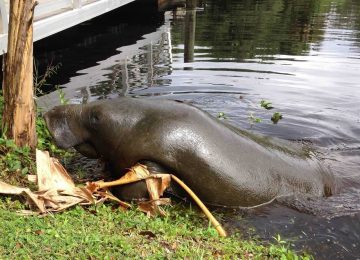

![Goliath grouper, Sanibel & Captiva Islands & Fort Myers Charters & Fishing Guide Service, Thursday, November 2, 2017, [August 16, 2012].](https://captivafishing.net/wp-content/uploads/wordpress-popular-posts/11711-featured-360x260.jpg)
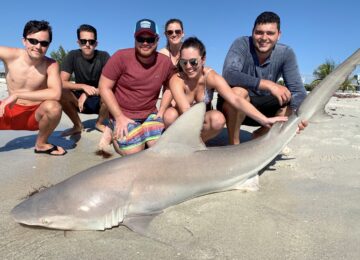
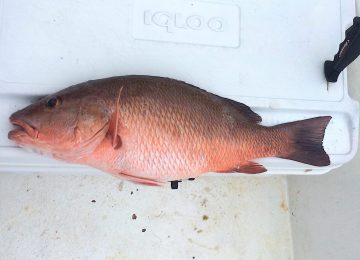

![Hogfish or Hog Snapper, Sanibel Fishing & Captiva Fishing, Sanibel Island, Sunday, December 10, 2017, [File Photo - Wednesday, February 8, 2017].](https://captivafishing.net/wp-content/uploads/wordpress-popular-posts/11143-featured-360x260.jpg)
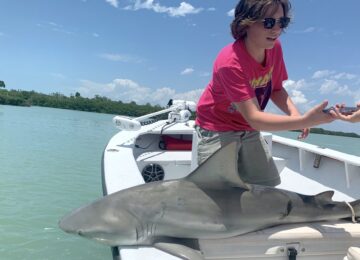

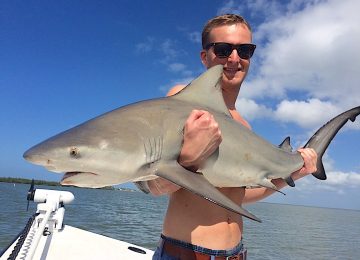
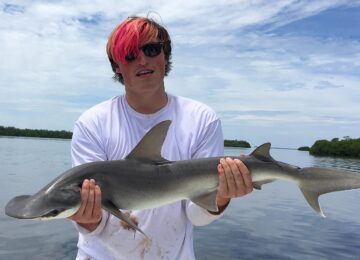
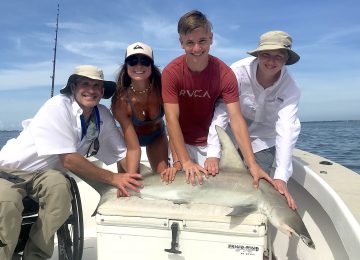
![Schoolmaster Snapper, Sanibel Fishing & Captiva Fishing, Sanibel Island, Thursday, January 11, 2018, [File Photo - Thursday, December 28, 2017].](https://captivafishing.net/wp-content/uploads/wordpress-popular-posts/13203-featured-360x260.jpg)
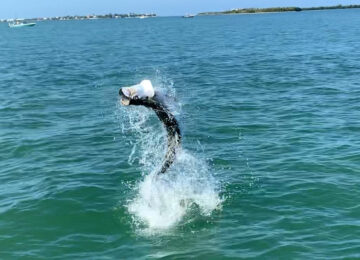
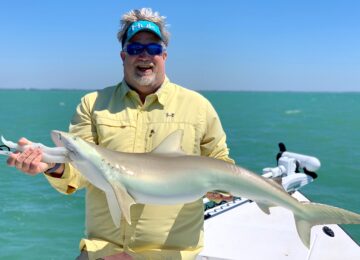

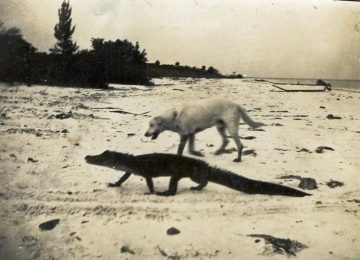
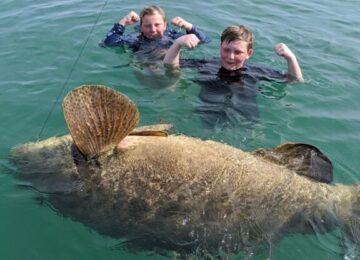
















You must be logged in to post a comment.